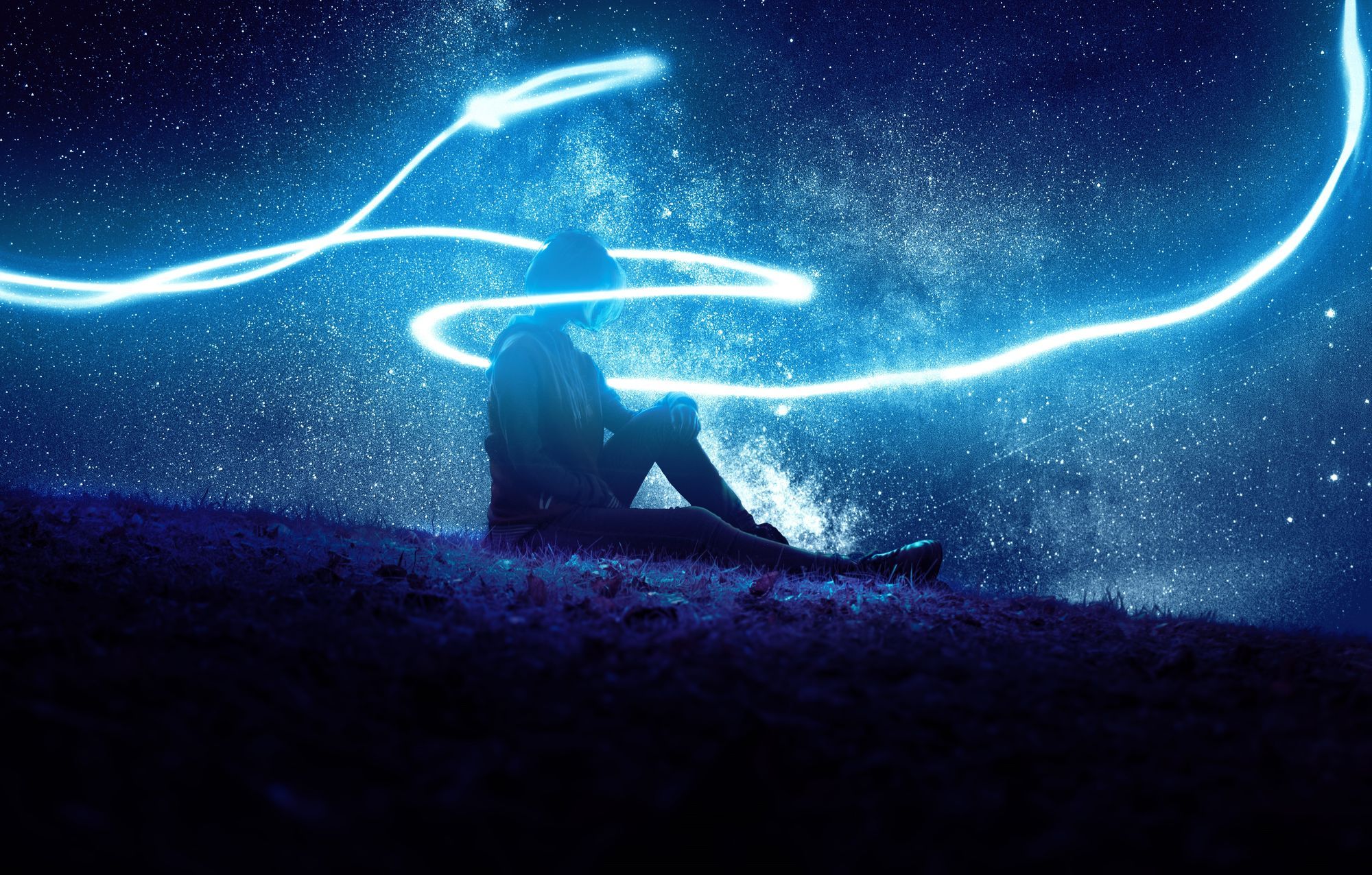While We Dream: The Neuroscience of the Sleeping Brain | Por @OpenEXO
“We are such stuff as dreams are made on.” (William Shakespeare)
On average, we spend about 26 years sleeping in life which equates to 9,490 days or 227,760 hours. This is basically one-third of our life [1]! Indeed, sleeping is a complex process regulated by a series of cellular and molecular mechanisms, and it covers a central role in a variety of behavioral, physiological, and vital functions. These functions include developmental processes, energy restoration and conservation, regulation of the immune response, cognitive capacity and performance, attention, psychological well-being, and brain waste clearance [2]. Therefore, quality sleep is indispensable (like water and food supply) to allow our brain and body to properly function. Essentially to make us humans and alive. In fact, the brain and the body are always active, even while sleeping, but even though the biological purpose of sleeping is still unclear, what is clear is the negative effects that a chronic lack of sleep may have on our health [3].
The neuroanatomy of sleep and sleep stages
Sleep is a complex phenomenon regulated by the mutual interaction between different brain structures. Sleep and arousal are regulated by the hypothalamus in which, a structure called the suprachiasmatic nucleus (SCN), receives information about light exposures and therefore controls our behavior and sleep cycle. Moreover, the brainstem interacts with the hypothalamus while controlling the transition from a state of being awake or asleep. Indeed, to initiate sleep, the brain stem releases chemicals (GABA) to reduce arousal activity consequently, but also it sends signals to relax muscles and rest our body limbs. Another structure called the thalamus receives sensory information and sends these to the cerebral cortex (higher-level processing of information from short to long term memory). The activity of the thalamus is mostly silent during sleep. However, during the REM stage, it activates and sends to the cortex images, and sensory inputs to the cortex while dreaming. Between the hemispheres, the pineal gland receives inputs from the SCN to consequently increase melatonin production, promoting the process of sleep when the light is diminished. In addition, as a part of the midbrain, the basal forebrain is a structure also involved in this process and responsible for the cycle between sleep and wakefulness. Indeed, releasing adenosine in this region would promote sleep, whereas caffeine would promote wakefulness by blocking the effect of adenosine. Lastly, the amygdala, a central structure responsible for emotion regulations, is active during REM stages and probably also involved in dreams [3].
Talking about sleep, I am sure everyone heard the word REM at least once in life. Sleep stages are indeed categorized between rapid eye movement (REM) and non-REM (which occurs across three stages). Through these stages, the pattern and rhythms of brain oscillations change, and brain waves' modulations are easily observed by recording the electroencephalographic (EEG) signal. Typically, healthy individuals go through all stages and repeat them several times in a single night of sleep (between four to six times). Non-REM sleep stages (from 1 to 3) characterize the process from slowly falling asleep to deeper sleep states. Heartbeat, body temperature, muscle tension, and brain waves decrease (lower frequencies and higher amplitudes) and tend to slow progressively. In particular, going toward stages 2 and 3 is important to make you feel energized once you wake up. The REM stage is characterized by rapid eye movements that appear behind closed eyelids, and more rapid brain oscillations (higher frequencies and lower amplitudes) are also observed. This stage is also accompanied by increased breath, irregular heartbeat, and blood pressure. Usually, dreams tend to appear in this stage, in which body muscles are temporarily paralyzed to prevent body movements. This stage also tends to be shorter while aging, and in interaction with non-REM stages, memory processes also occur [3]. Overall, at the beginning of the night, individuals spend more time in non-REM stages, and progressively through the night get closer to REM sleep through the night, mostly in stage two. This process continues and repeats until the individual wakes up.
In addition, our attitude to be “early-birds” or “night-owls” might depend on our circadian rhythms and sleep-wake homeostasis that control our biological clock and track the amount of sleep needed [3]. Regarding how much sleep we would need, check out these articles from Peter Diamandis and me about why sleep is so important for our health and longevity while developing a longevity mindset.














No hay comentarios.